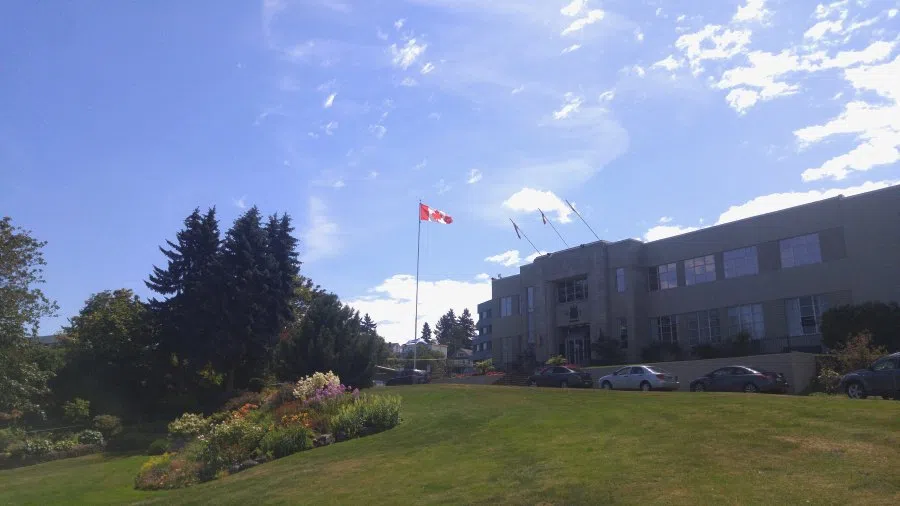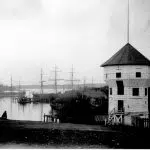
Continuation of asset tax part of plans to cover Nanaimo’s $258M long-term shortfall
NANAIMO — The City of Nanaimo is working on a solution to cover a more than $250 million funding shortfall to pay for things like roads, sewers and a new water supply dam.
Part of that solution includes extending an automatic one per cent property tax increase for the next five years to contribute to an asset management reserve. That built-in tax increase, originally established in 2013, was set to expire this year.
The continuation of the asset management tax has been approved by council, according to a City release, and is included in the yet to be approved 2017 financial plan.
The revelation of the funding shortfall comes from a recently presented, staff created 20-year plan studying future needs for infrastructure renewal and priority projects.



